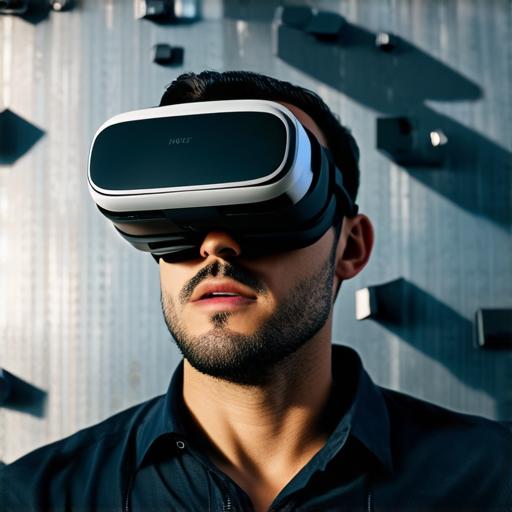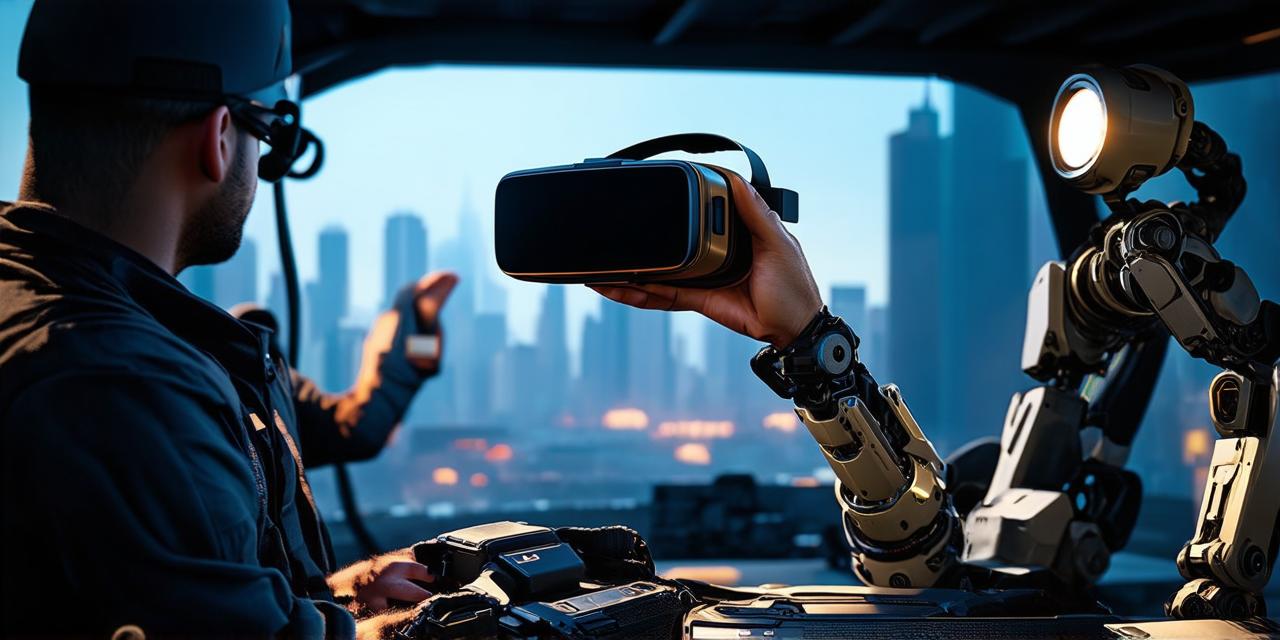1. High Cost
One of the biggest barriers to VR adoption is the cost of the hardware itself. While prices have come down over the years, VR headsets are still significantly more expensive than traditional gaming consoles or smartphones. For example, the Oculus Quest 2, one of the most popular VR headsets on the market, costs around $300. In comparison, a PlayStation 5 can be purchased for as little as $400.
Additionally, high-end PCs and laptops are required to run many VR applications, which can add up quickly. And let’s not forget about the cost of accessories like motion controllers and headphones. All these factors make it difficult for consumers to justify the expense of VR technology when they can get just as good gaming experiences on a much more affordable platform.
2. Limited Content
Another major challenge facing VR is the lack of content available for the platform. While there are plenty of games and applications designed specifically for VR, many users are still waiting for their favorite franchises to release VR versions of their popular titles. Without a wide variety of compelling experiences to choose from, consumers may be less likely to invest in VR technology.
3. Comfort and Accessibility
One of the biggest challenges facing VR is ensuring that it’s comfortable and accessible for as many people as possible. While some users may enjoy the immersive experience of VR, others may find it uncomfortable or even nauseating. This can be especially problematic for people with motion sickness or other physical conditions that make it difficult to use VR headsets for extended periods of time.
Additionally, VR technology isn’t always accessible to everyone due to its size and weight. For example, the Oculus Quest 2 is quite lightweight and easy to wear, but some users may still find it uncomfortable or difficult to use for extended periods of time. This can limit the potential market for VR devices and make it harder for developers to create experiences that are truly accessible to everyone.
4. Technical Limitations
Despite advancements in technology, there are still many technical limitations that make it difficult to create truly immersive VR experiences. For example, motion tracking can be unreliable at times, leading to jittery or disorienting visual effects. Additionally, some users may experience eye strain or other physical symptoms due to the intense focus required to use VR headsets for extended periods of time.

5. Privacy Concerns
Finally, there are privacy concerns that make it difficult to fully adopt VR technology. While many VR applications require users to create accounts and log in with personal information, this can be a major turnoff for some consumers who are concerned about their privacy. Additionally, the use of cameras and microphones in VR headsets can raise privacy concerns, especially when used in public settings.
Despite these challenges, there are still plenty of reasons to be optimistic about the future of VR technology. As costs continue to come down and more content becomes available, we may see a shift in consumer behavior that makes VR more accessible and appealing to a wider audience. In the meantime, VR developers can take steps to address these challenges and create experiences that are more engaging, comfortable, and accessible to everyone.
FAQs:
1. What are some of the main reasons why virtual reality technology has failed to gain widespread adoption?
High cost, limited content, comfort and accessibility issues, technical limitations, and privacy concerns are some of the main reasons why VR technology hasn’t gained widespread adoption.
2. How can virtual reality developers overcome these challenges?
Developers can address these challenges by creating more engaging, comfortable, and accessible experiences that are designed with a wide range of users in mind. Additionally, they can work to improve the technology itself, making it more reliable and user-friendly.
3. What kind of content is most likely to drive adoption of VR technology?
Games and applications that are specifically designed for VR are most likely to drive adoption of VR technology. However, popular franchises and experiences that can be adapted for VR may also help to attract new users.
4. How can virtual reality developers ensure that their content is accessible to as many people as possible?
Developers can ensure that their content is accessible to everyone by testing it with a wide range of users and addressing any issues that arise. They can also design experiences that are comfortable and easy to use, even for those with physical limitations or motion sickness.
